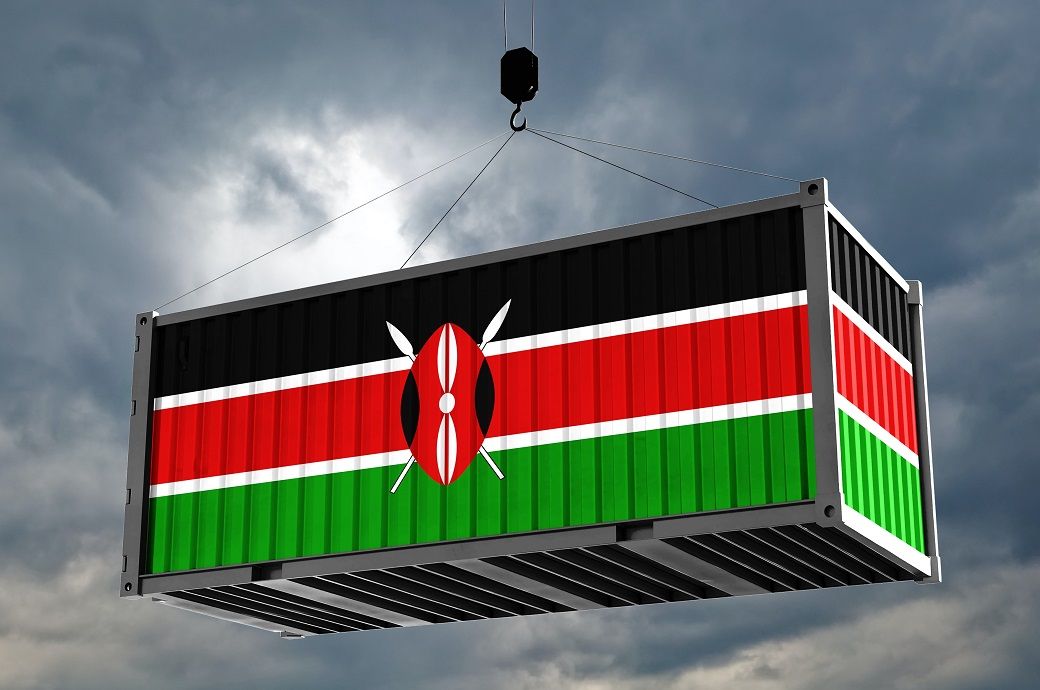
For centuries, Kenyan communities have engaged in textile craftsmanship, utilising locally sourced cotton and wool to create garments that reflect their diverse cultural identities. Each ethnic group contributed distinct styles and patterns, resulting in a rich tapestry of textile heritage. In recent decades, however, Kenya has evolved from a culture-driven textile hub into a competitive force in global apparel manufacturing.
Today, Kenya’s textile ecosystem is renowned globally and at the centre of this ecosystem is the Export Processing Zones Authority (EPZA), which has played a catalytic role in the sector’s growth. By offering tax holidays, robust infrastructure, and a suite of investment-friendly policies, the EPZA has succeeded in attracting a wide range of manufacturers.
The result has been a marked increase in foreign direct investment, a surge in export volumes, and the positioning of Kenya as a regional powerhouse in textile and apparel production.
A cornerstone of this growth has been the African Growth and Opportunity Act (AGOA), a legislative initiative passed by the United States Congress in May 2000. Designed to bolster the economies of sub-Saharan African nations while enhancing trade relationships with the US, AGOA granted duty-free and quota-free access to the American market for eligible countries.
For Kenya, the act has been transformative. The country quickly emerged as a leading beneficiary, eventually becoming the second-largest exporter of textile and apparel products to the US among AGOA participants, as per reports.
This preferential access fuelled exponential growth in exports, attracted capital inflows, and generated substantial employment—particularly for women and young workers.
According to the 2025 Economic Survey by the Kenya National Bureau of Statistics (KNBS), employment in AGOA-accredited firms rose sharply by 15.18 per cent in 2024, reaching 66,804 workers, up from 58,002 the previous year. This growth was largely driven by increased orders from the United States, underscoring the direct link between trade preferences and domestic job creation.
The World Bank and the Italian Trade Agency further highlighted this dependence, reporting that over 70 per cent of Kenya’s textile and apparel exports are destined for the US market.
However, this success story is now facing massive headwinds. AGOA is scheduled to expire this September, and the uncertainty surrounding its renewal has already begun to ripple through the sector.
The sharp uptick in US orders in recent months appears to be a pre-emptive move by American buyers seeking to capitalise on duty-free access before the window closes.
For Kenya, the looming expiration raises the spectre of business disruptions, job losses, and a potential erosion of investor confidence. With more than 66,000 jobs directly linked to AGOA, the stakes are high.
The US’s 10 per cent flat reciprocal tariff imposed on all imports from Kenya added to the woes. While Kenya faces the lowest tariff band at 10 per cent, the imposition of this levy effectively undermines years of preferential treatment under AGOA. It adds a new layer of cost for Kenyan exporters and threatens to reduce their competitiveness in a highly price-sensitive market.
The years of investment in capacity building, skills development, and export logistics are now at risk of being offset by the sudden deterioration in market access terms. For a sector so heavily reliant on the US market, the implications are potentially devastating. Thousands of livelihoods—many in economically vulnerable communities—hang in the balance.
In response to these emerging challenges, Kenya has reportedly stepped up its diplomatic and lobbying efforts in Washington. According to multiple media reports, the Kenyan government has hired a former Trump administration official to advocate for the country’s interests.
While the specific terms of the engagement remain confidential, the mandate reportedly includes, amongst others, working to secure favourable bilateral trade deals that could serve as a replacement or extension of AGOA.
Whether the lobbying efforts will yield meaningful results remains to be seen. Nonetheless, in the face of these looming disruptions, Kenya’s textile and apparel industry stands at a crossroads.
The gains of the past two decades, hard-won through a mix of policy incentives, global partnerships, and relentless local enterprise, are now under threat and without a clear and favourable path forward, the country risks backsliding on progress that has made it a name to reckon with in the realm of apparel manufacturing and export in the continent.
ALCHEMPro News Desk (DR)
Receive daily prices and market insights straight to your inbox. Subscribe to AlchemPro Weekly!